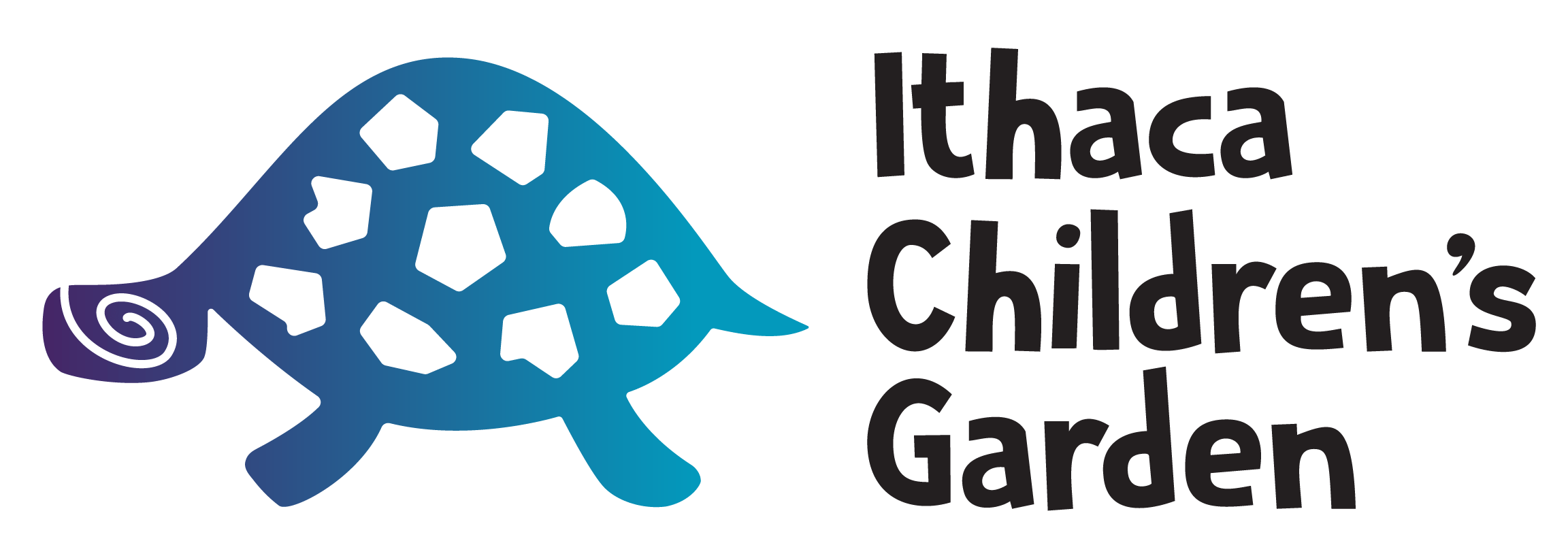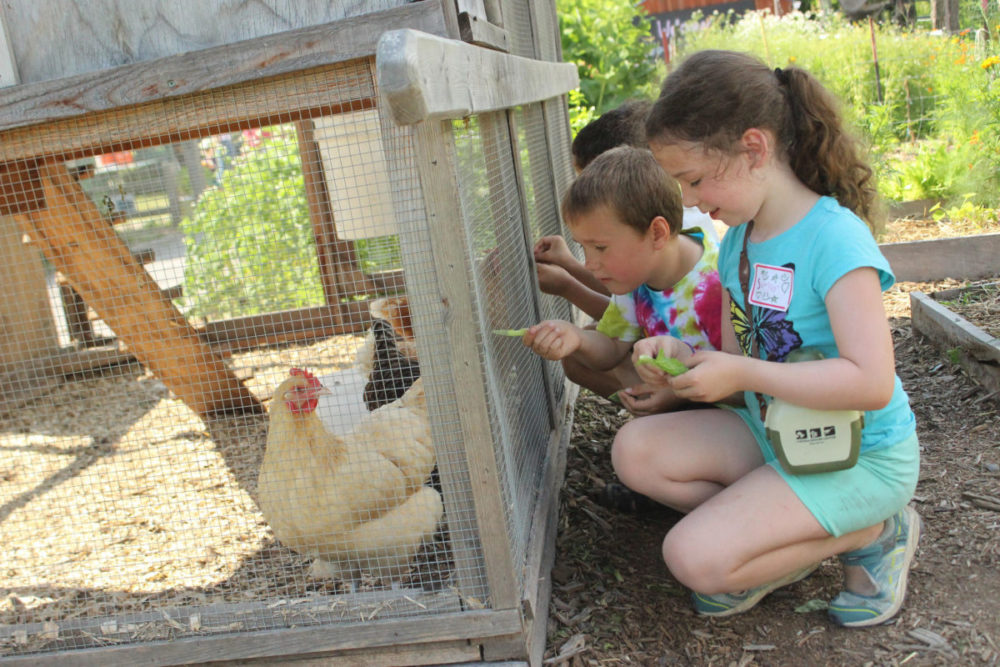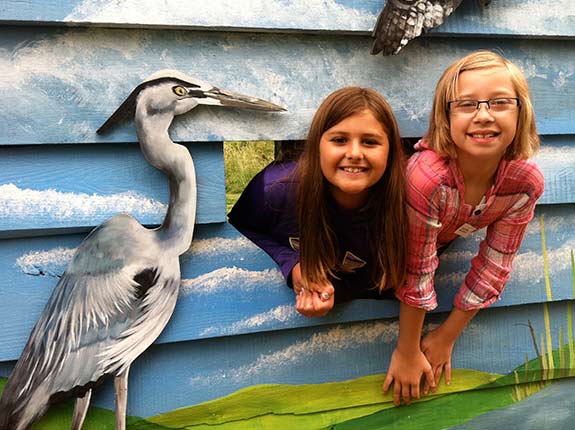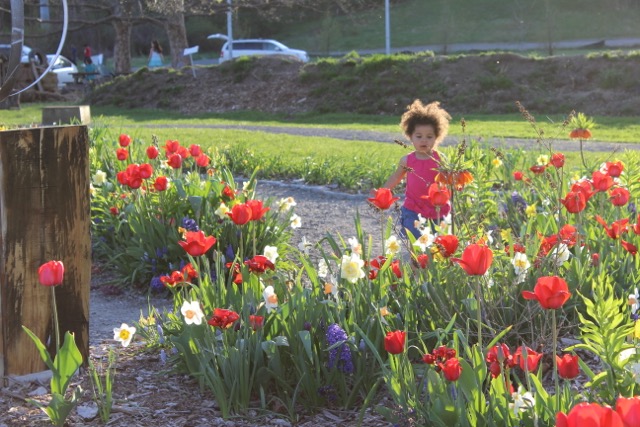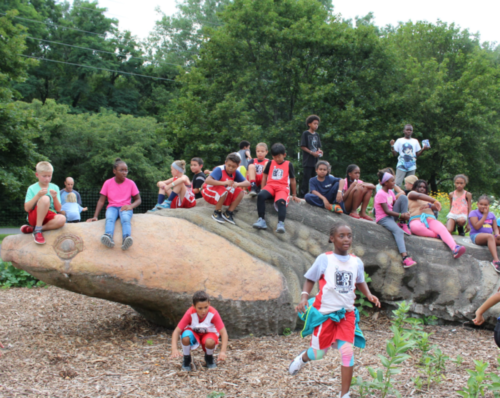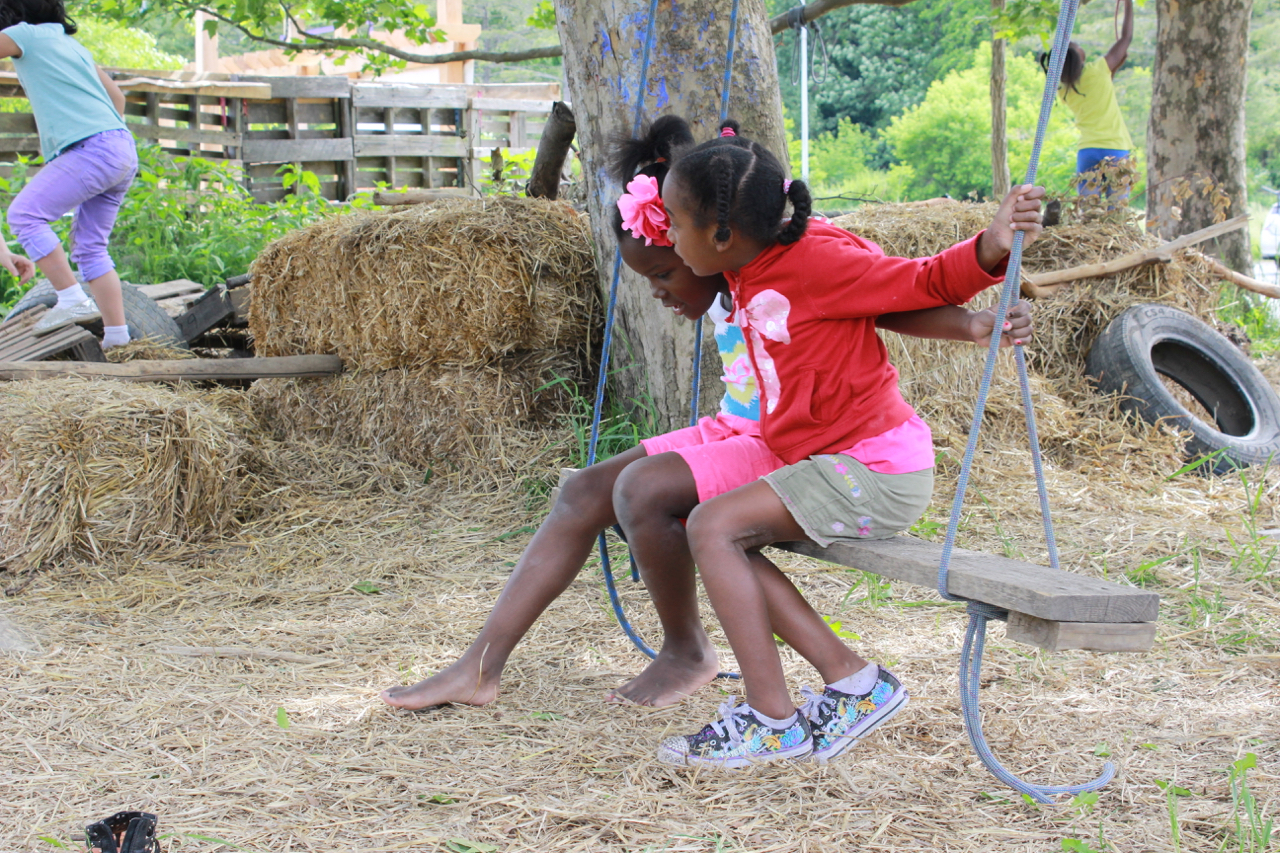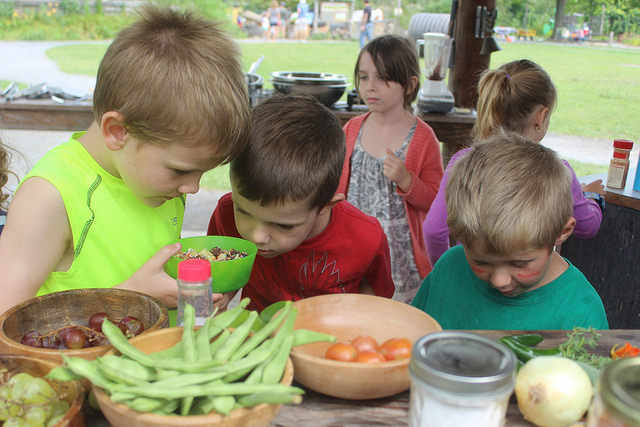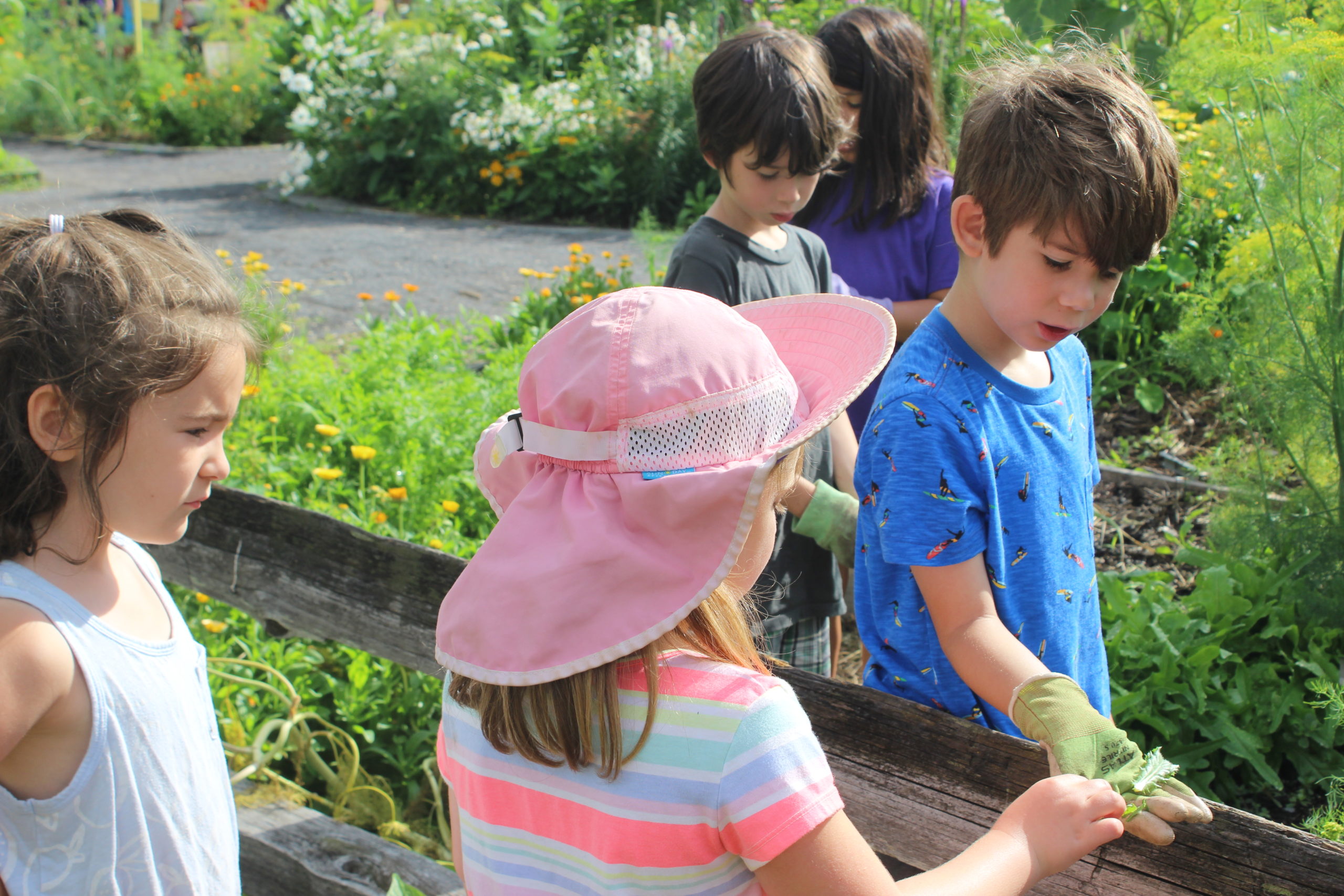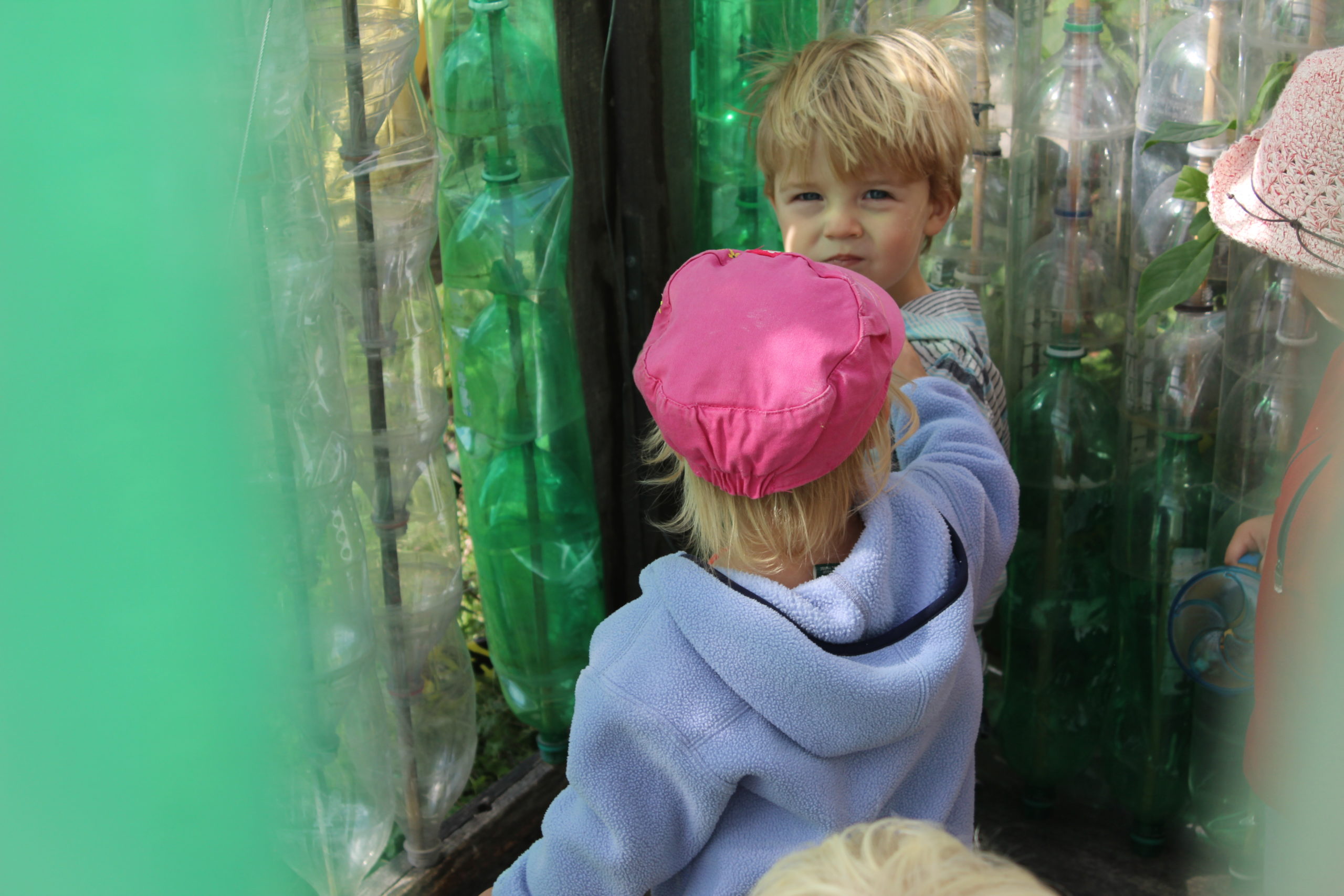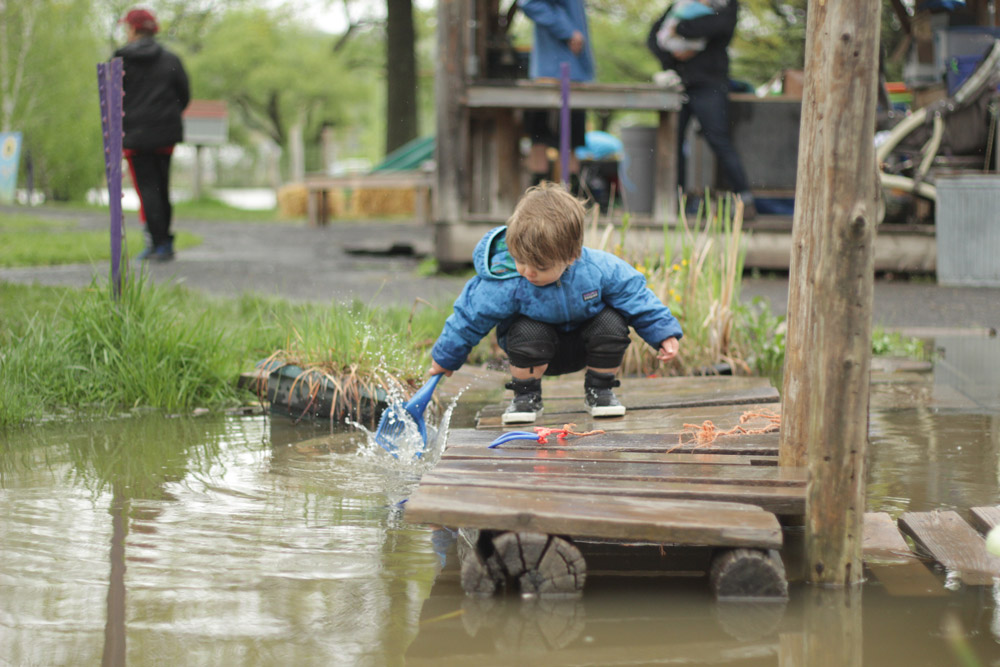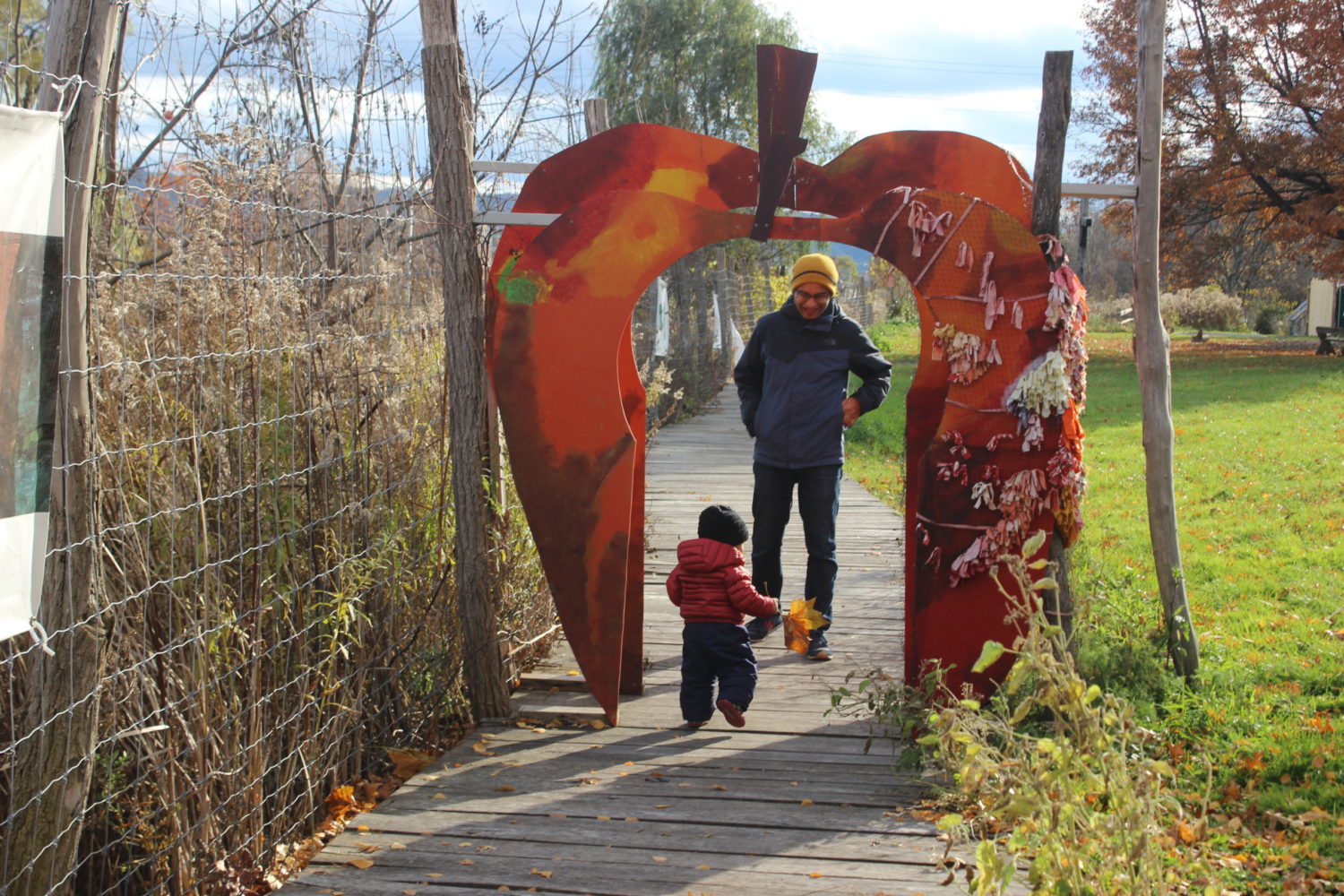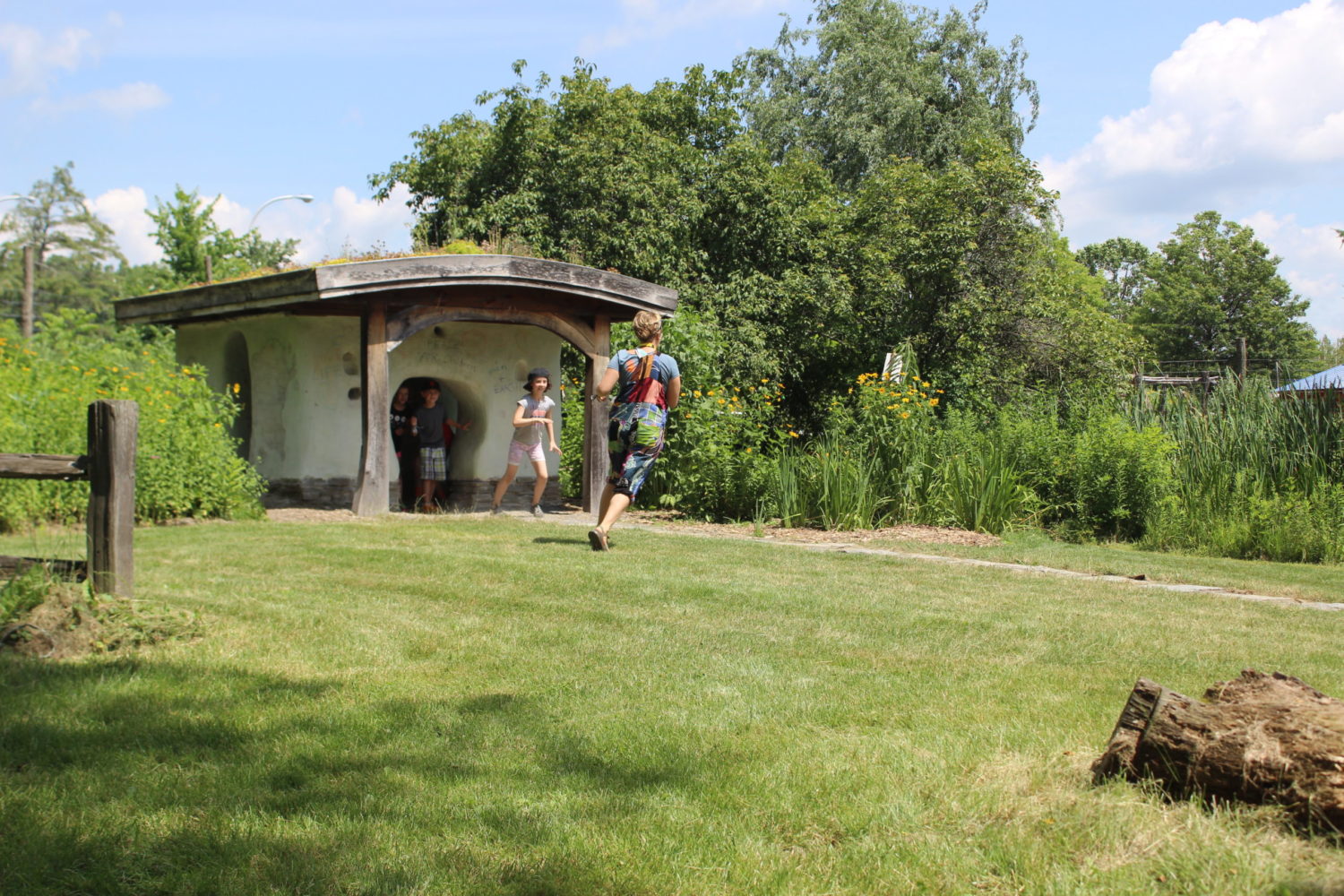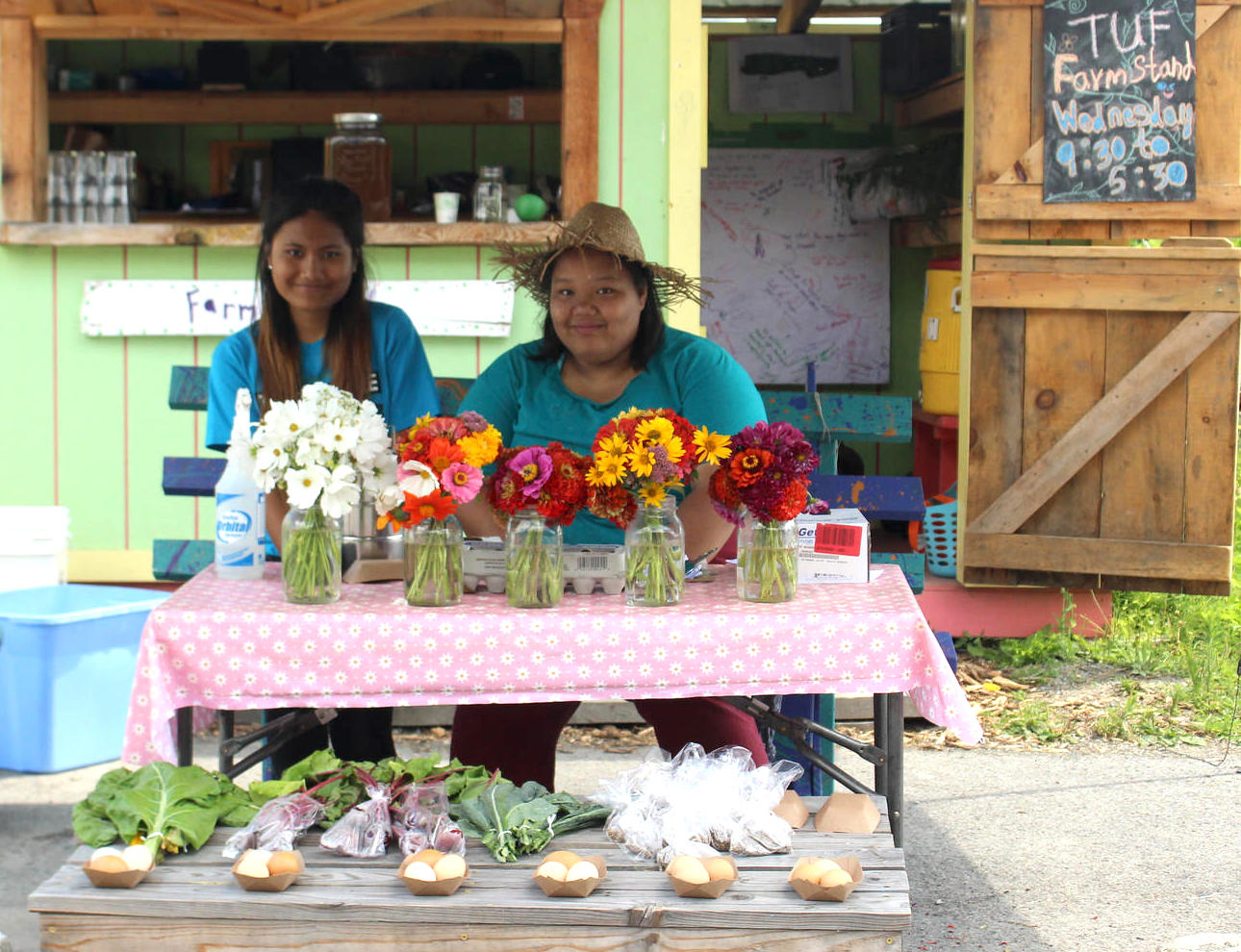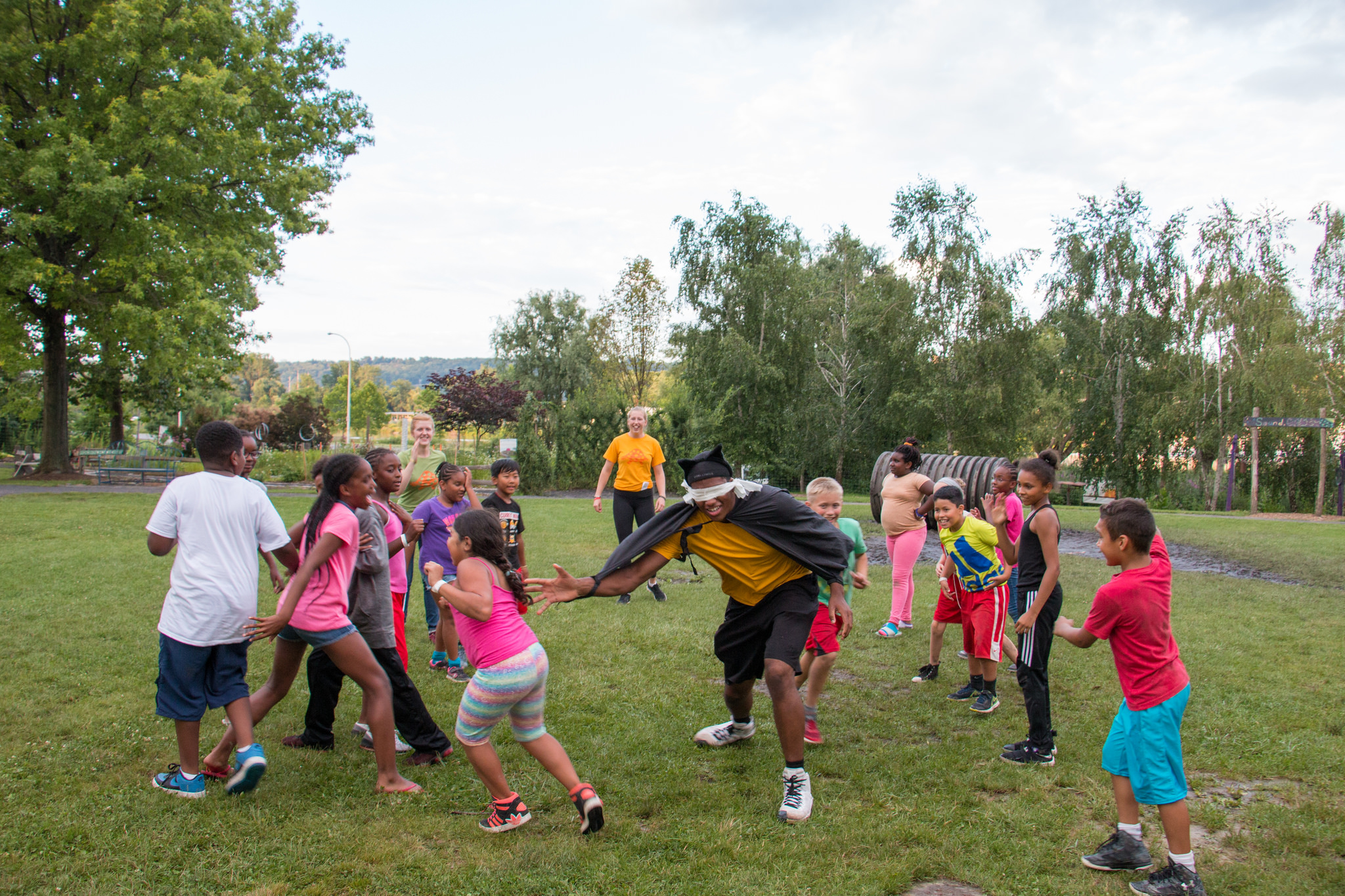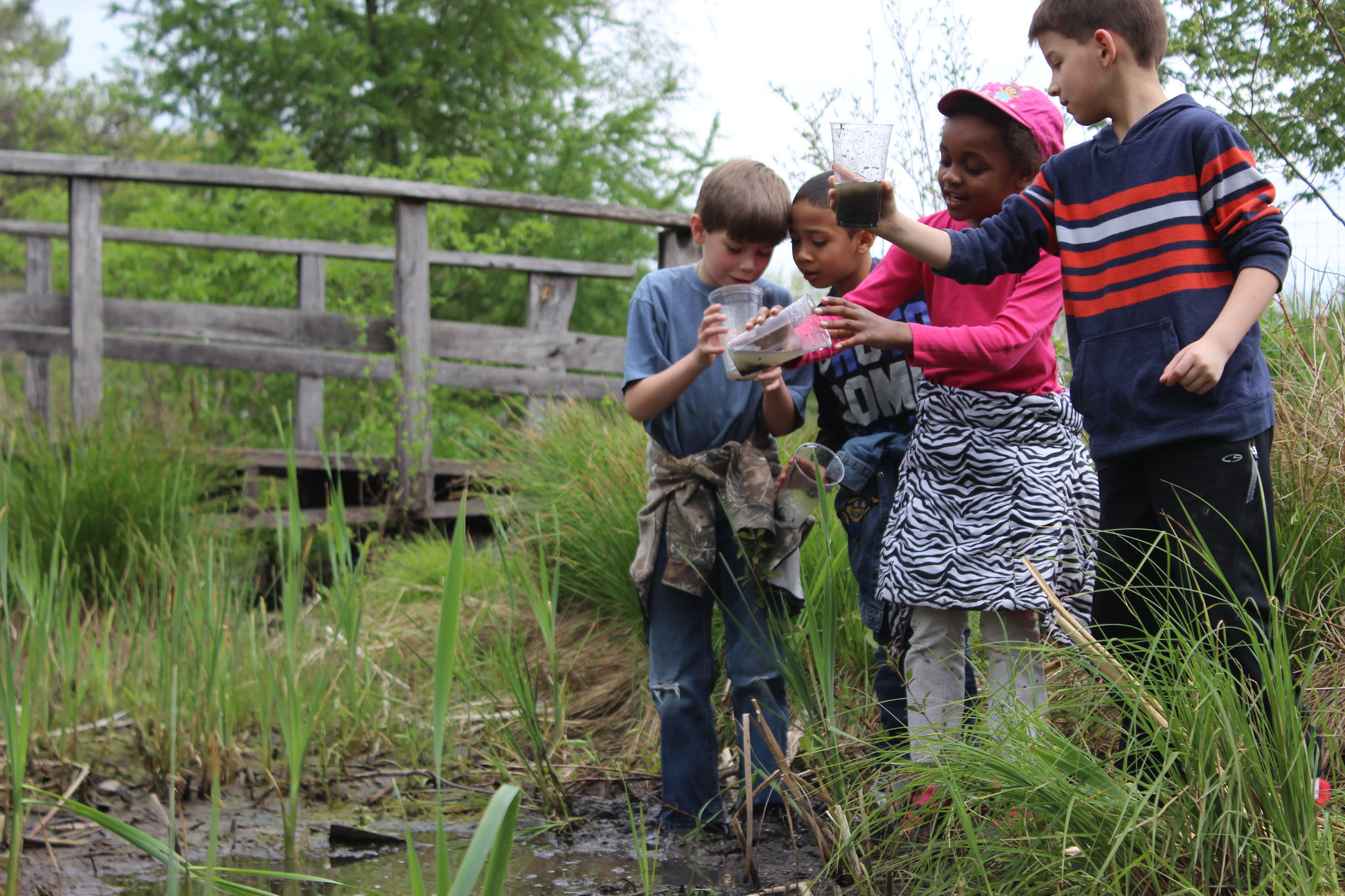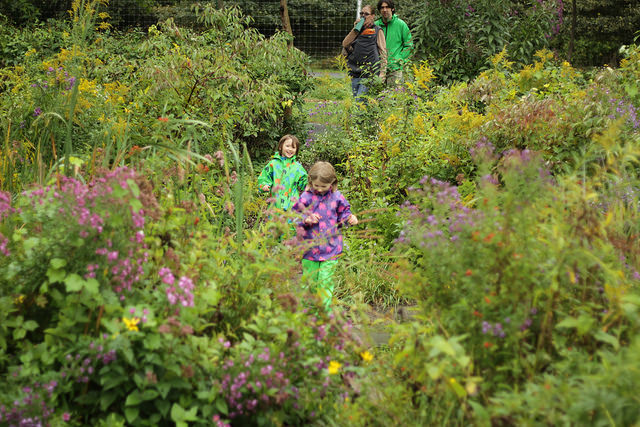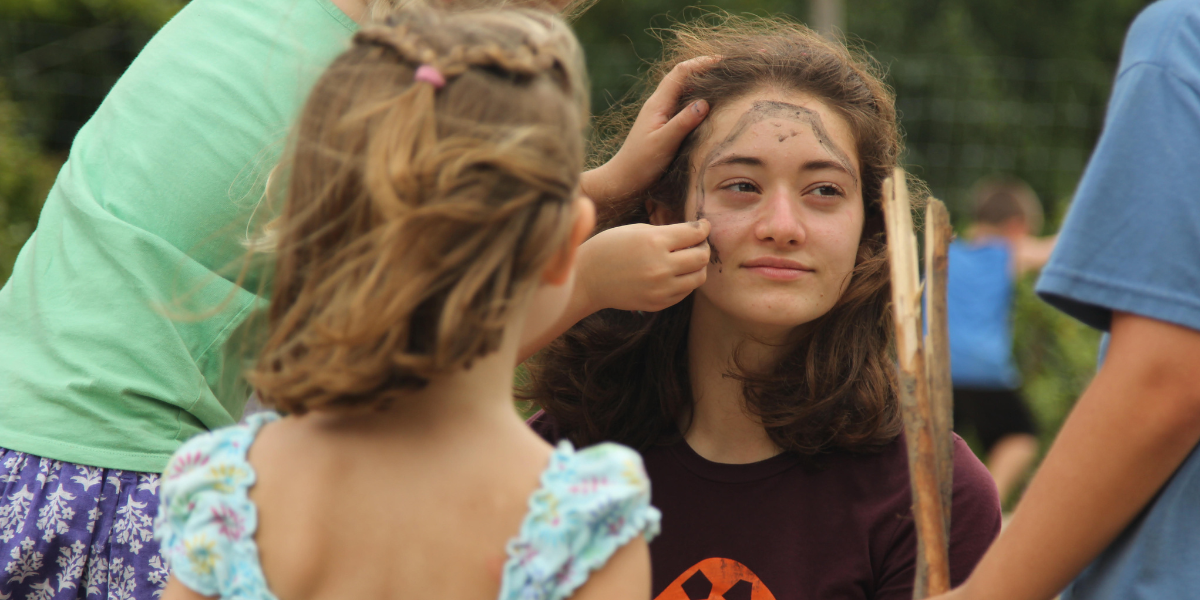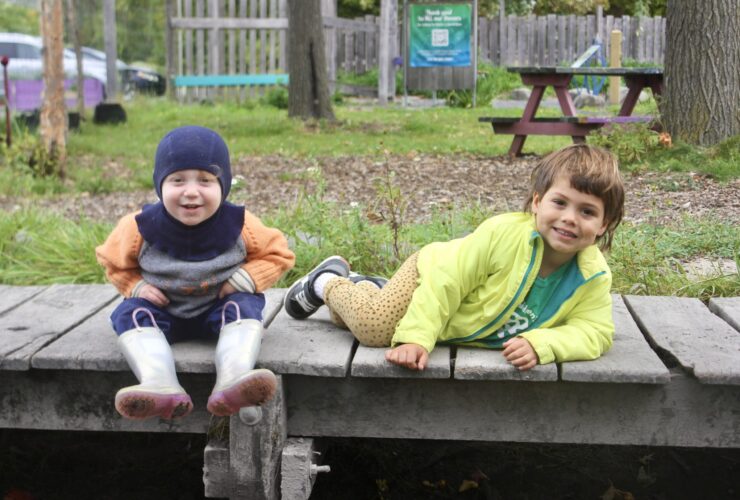Exploring 3 Lessons from ICG’s Summer Camp
Each summer, ICG welcomes enthusiastic seasonal staff members, each with a fresh perspective and a commitment to the transformative potential of child-led play.
To better understand summer staff experiences, we interviewed Kel, Calvin, and Claire. In their stories, we found three fundamental guiding principles common to all three outstanding ICG staff members: empowering children, balancing risk and safety, and creating an inclusive environment. As those interviewed noted, these principles extend beyond summer camp to various educational and community settings. Learn what makes Summer Camp training at ICG unique!
(Find out more about what campers have done this summer by exploring ICG’s blog and social media.)
Lesson 1: Empowering Child-Led Play

“Play looks differently for everyone.” Kel, a new addition to the Summer Camp team this year, learned this lesson early on in their ICG experience. “That’s a really important shift from the previous roles I’ve been in with children and young people. I’m here trying to guide them through their experience and let them be a leader of it . . . let them do what they’re interested in and find engaging.” Kel joined ICG after learning about the camp–and bolstered by ICG’s positive reputation among their friends– they joined the Garden for the summer. “So here I am,” Kel said, smiling.
The Playwork Primer, a manual on practicing ICG’s main philosophy for child-led play, prepares new and seasoned education staff with the essentials for interacting with children in ICG’s outdoor play space. One of the most significant takeaways from the Playwork Primer and Summer Camp experience is the value of empowering child-led exploration and play. Staff members have learned that providing children with the agency to guide their experiences fosters curiosity, creativity, and personal growth.
In using this approach, Kel witnessed how allowing children to take the lead in their play experiences encourages them to solve problems, think critically, and engage their imaginations.
“I’ve seen zip lines, chair swings . . . mud spas, the development of entire businesses,” Kel said, describing the kinds of play they witnessed in ICG’s second best-known feature: The Anarchy Zone. “I feel grateful to witness it.”
Lesson 2: Balancing Risk and Safety
“A lot of the time, when kids ask for help, I try not to,” Calvin said, recounting how staff approaches risk management and safety among campers.
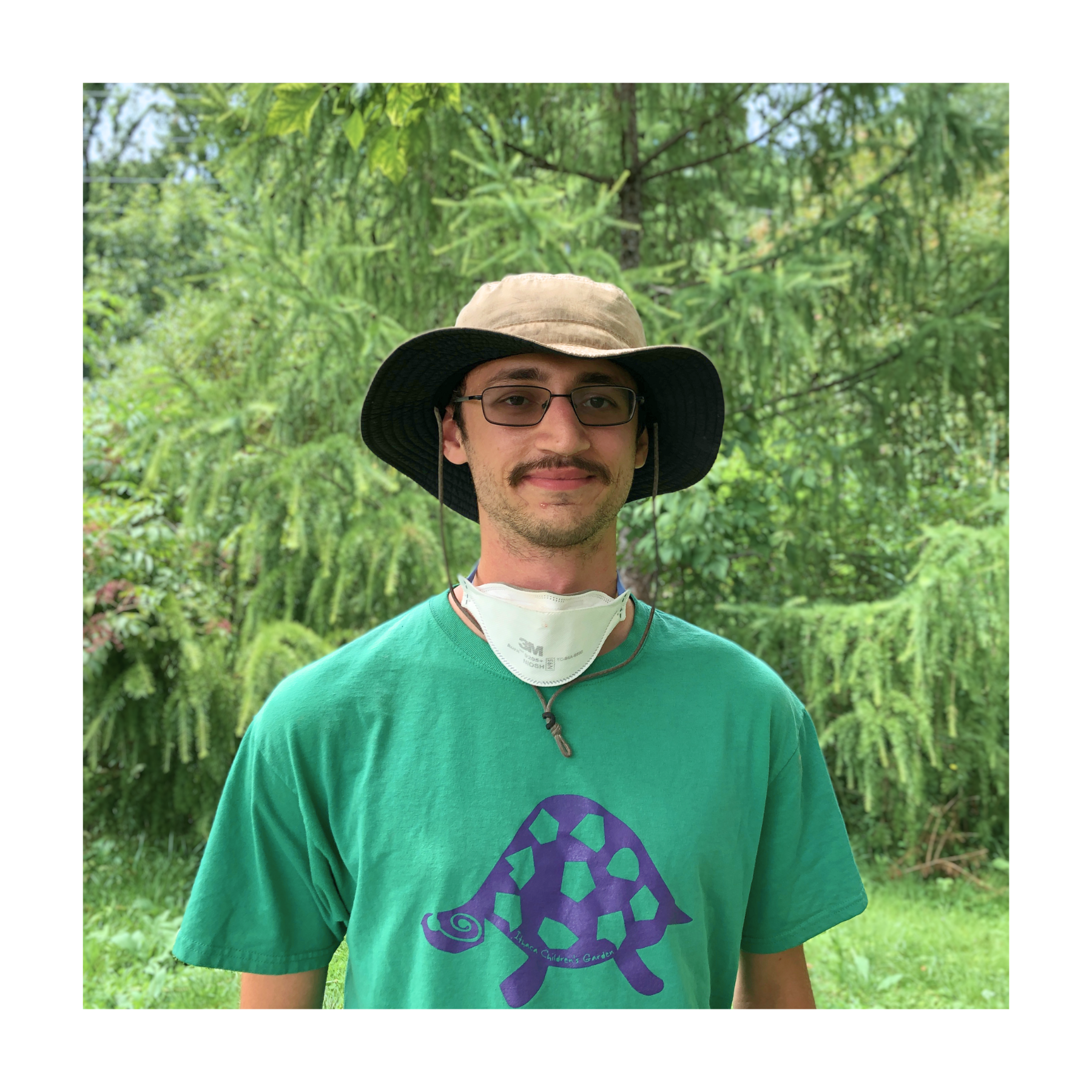
Calvin has worked at the Garden for 9 summers, starting in ICG’s Teen Urban Farmer (TUF) program in his 8th grade year. And he returned every summer. “I really enjoyed TUF and wanted to keep on going.” In TUF, Calvin rarely directly interacted with the public as he maintained the Garden grounds. Still, he had plenty of opportunities to observe playwork in action. So, when Calvin aged out of TUF at 18, he joined the ICG Summer Camp staff, intrigued by child-led play and eager to step up and make a difference. “It was exciting to make that shift. It made what I saw before as a kid make sense. I was like, ‘Oh, that’s why they were doing that! I get it now.'”
Calvin has since then learned many lessons regarding balancing risk and safety in child-led play. “Like climbing on a tube or something else risky. Suppose a child can’t get themselves in that situation without my help. In that case, they won’t be able to get themselves out of that situation. They have to do it on their own and take that risk – so, if they can’t, they can’t do it.”
Risks are calculated choices kids make that lead to opportunities for self-discovery and building resilience. Hazards present uncontrollable dangers (e.g., broken glass and rusty nails), and staff manage these to create an environment that prioritizes safety and encourages growth through risk-taking.
Calvin concludes: “Risk allows kids to find their boundaries, what they are capable of doing and not capable of doing.”
Risk during play is not only in a physical sense, however. ICG education staff quickly understand that play can entail social risk. For instance, kids risk hearing “no” when they ask to join a game.
Kel’s approach to guiding children reflects this lesson. “I try to be intentional about saying ‘yes’ to the kids as much as possible, but within reason,” Kel said, reflecting on how little they have to say no at ICG. “I want the kids to do what they find fun . . . and [staff] is going to do as much as they can to give them what they need to have fun.” Staff at Summer Camp encourage children to interact and explore by providing a safe (limited hazards), expressive space where risks are expected and fun is plentiful. By supporting children in taking calculated risks, staff members foster growth, help children understand their limits, build resilience, and provide valuable opportunities to explore and learn outdoors that contribute to their personal development.
“We want kids to take those risks and support them when it doesn’t go as they intended,” Calvin said.
Lesson 3: Creating an Inclusive and Expressive Space
Creating an inclusive and expressive space for children to play, be imaginative, and be receptive to learning is crucial. ICG staff continue to learn and practice this lesson daily.
“It is important to me to honor kids’ feelings and spaces.” Having worked at ICG a few years ago, Claire Volk has had many opportunities to apply this concept to her personal and professional life.

“I remember running this game with my group about an imaginary dragon and a child coming up to me crying. The dragon became real for this child . . . those emotions came from a space of truly believing and putting stock in this activity.”
As Claire suggested, Calvin and Kel echoed creating space for children to feel and express their emotions is a technique called mirroring. Mirroring helps children perceive themselves positively and can be used in various scenarios and at multiple ages.
(Learn more about mirroring and how to practice it here.)
On mirroring during play, Claire said, “Play with kids instead of asking them questions about what they’re doing and what they have–actually mirroring them. It’s like improv; you’re building off each other.”
After her brief time at the Garden, Claire described how using mirroring has positively impacted her and others. “It’s been instrumental for me in every community space I’ve walked in, for children and anyone experiencing strong emotions. Our brains are made for connections and mirroring. I learned that first through stepping into kid’s games.”
Claire’s emphasis on mirroring children’s actions, Calvin’s approach of letting children navigate social interactions, and Kel’s commitment to allowing children to explore their interests and not making assumptions about their decision-making have all contributed to creating an environment where children feel valued and supported. In line with ICG’s mission to promote positive growth for children and the community, the lesson is relevant at camp and beyond.
Lessons Summary:
The Ithaca Children’s Garden Summer Camp experience has imparted valuable lessons to staff members that revolve around empowering child-led exploration, balancing support and risk, and creating an inclusive and expressive space. These lessons resonate within the camp’s vibrant environment and extend to staff members’ interactions with children in various settings. By embracing these lessons, staff members contribute to fostering resilience, creativity, and a love for nature in the children they guide.

